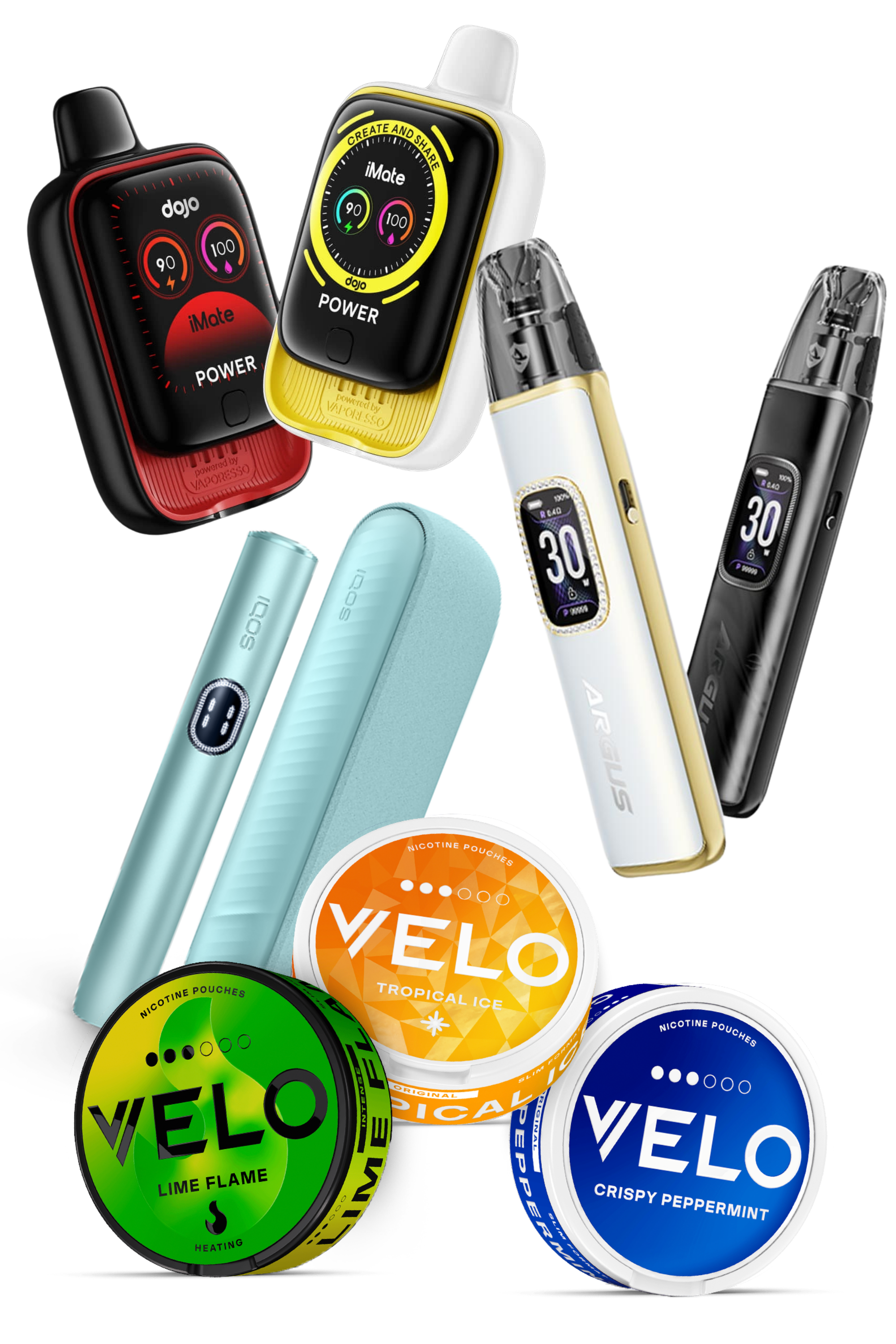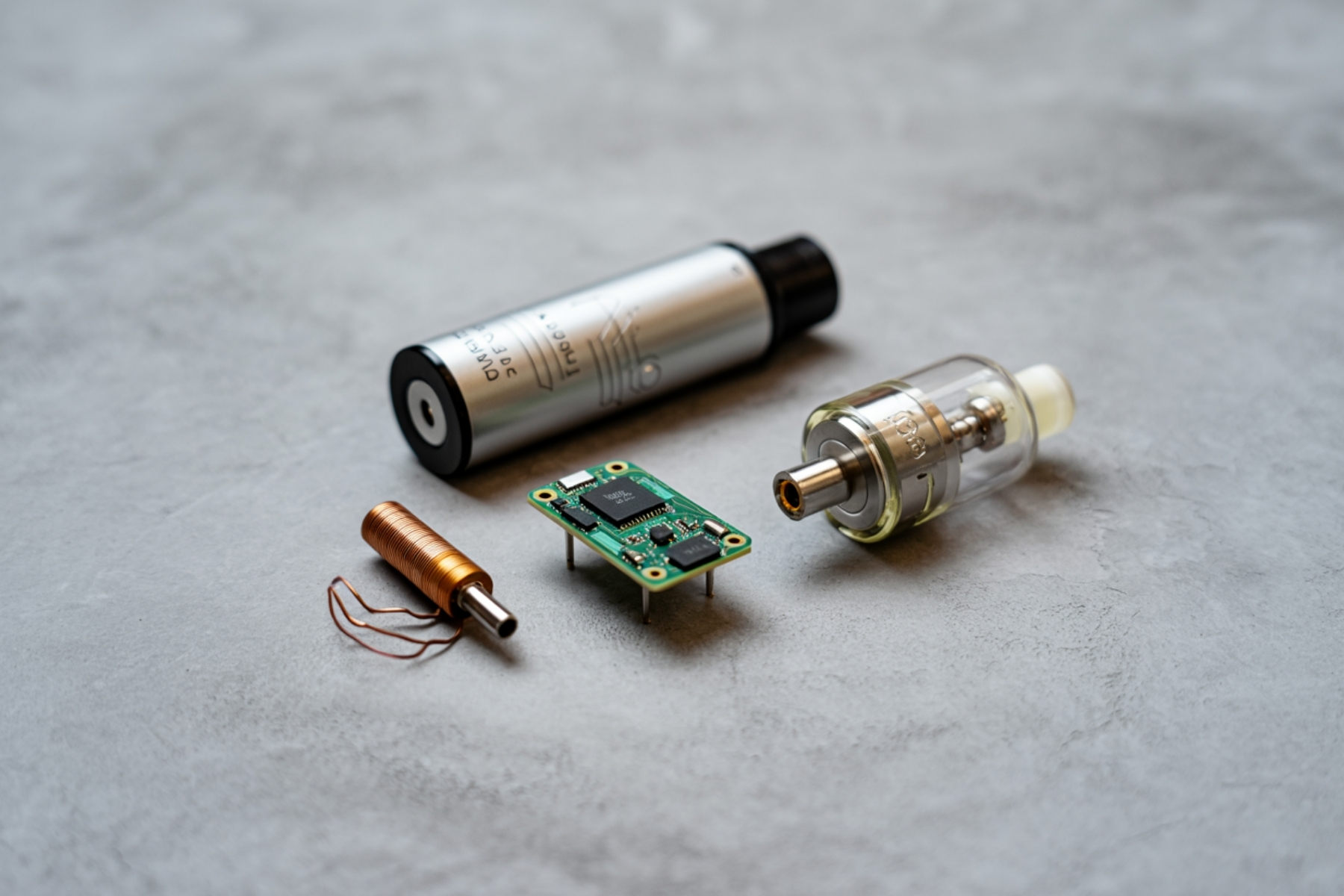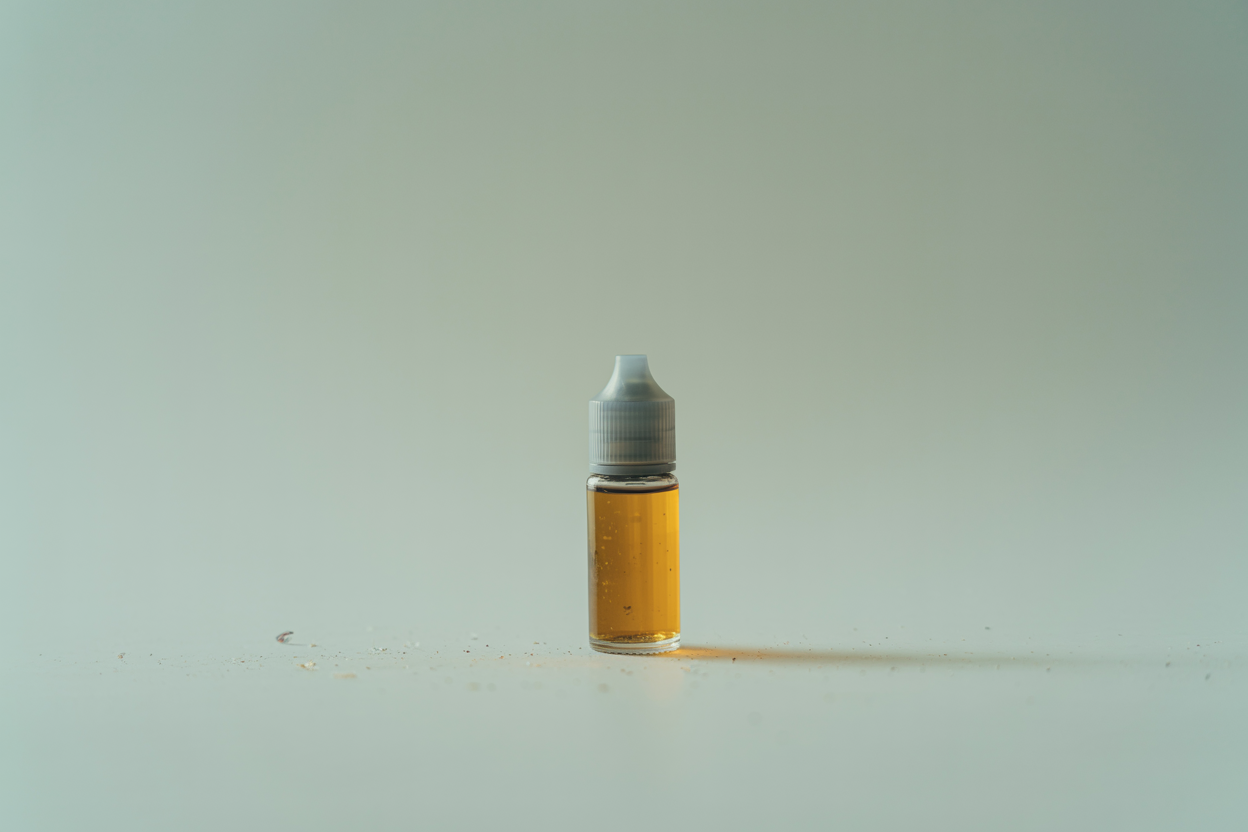You inhale it, you taste it, and for some, it’s the reason they kicked cigarettes to the curb. But have you ever stopped to wonder—what’s actually inside your vape juice? Vaping often gets lumped in with smoking, but the composition of e-liquid is entirely different from cigarette smoke. Instead of burning tobacco leaves, vaping involves heating a liquid solution that turns into vapor. But what’s really in that cloud? Let’s break it down and see what’s inside the bottle.
The Core Ingredients of E-Liquid
At its most basic, vape juice contains four main ingredients:
- Vegetable Glycerin (VG) — Produces vapor and adds sweetness. Commonly sourced from palm oil or soybeans.
- Propylene Glycol (PG) — Carries flavor and provides throat hit. Used widely in the pharmaceutical and food industries.
- Nicotine — Optional ingredient that provides satisfaction. Extracted from tobacco plants.
- Flavorings — Add taste and mimic food or fruit flavors. Made from food-grade compounds.
Each of these plays a specific role in shaping the vaping experience.
Vegetable Glycerin (VG): The Cloud Maker
VG is a thick, slightly sweet liquid that helps create those dense, billowy vape clouds. It’s commonly found in cosmetics, food products, and even pharmaceuticals. If you've ever had frosting, cough syrup, or a chewy granola bar, you’ve consumed VG. The more VG in a vape juice, the thicker the vapor. High-VG juices (70% or more) are favored by cloud chasers who want massive plumes of vapor.
Propylene Glycol (PG): The Flavor Carrier
PG is a colorless, odorless liquid used to enhance flavor intensity and provide a throat hit similar to smoking. It’s found in everything from asthma inhalers to ice cream. Unlike VG, PG is much thinner in consistency. E-liquids with higher PG content (50% or more) tend to have stronger flavor and a sharper throat hit, making them popular among people who used to smoke cigarettes.
Nicotine: The Optional Stimulant
Nicotine is what makes vaping an effective alternative for smokers—but it’s entirely optional. Some e-liquids contain zero nicotine, while others range from 3 mg to 50 mg per milliliter. There are two primary types of nicotine in e-liquid:
- Freebase Nicotine – Found in traditional e-liquids; provides a stronger throat hit.
- Nicotine Salts – Found in pod systems like JUUL; smoother hit, higher absorption rate.
Contrary to popular belief, nicotine itself isn’t the primary cause of smoking-related diseases—the combustion of tobacco is.
Flavorings: The Secret Sauce
If e-liquid was just PG, VG, and nicotine, it wouldn’t taste like much. That’s where food-grade flavorings come in. These are the same flavor compounds used in candy, sodas, and baked goods.
Common Flavor Categories
- Tobacco – Mimics the taste of cigarettes.
- Fruity – Everything from mango to dragonfruit.
- Dessert – Custards, cakes, and creamy flavors.
- Menthol & Ice – Cooling effect for a fresh inhale.
However, not all flavors are created equal. Some diacetyl-containing flavors (like buttery popcorn) were linked to lung issues in factory workers exposed to high concentrations. Modern e-liquids avoid these chemicals, but it’s always good to buy from reputable brands.
What’s NOT in Vape Juice?
Here’s where vaping stands apart from smoking. Cigarette smoke contains over 7,000 chemicals, many of them toxic. In contrast, regulated e-liquid contains just a handful of food-safe ingredients.
- No Tar – The sticky, lung-coating residue found in cigarettes.
- No Carbon Monoxide – The gas that deprives your body of oxygen in smoking.
- No Ash or Combustion Byproducts – Because vaping doesn’t burn anything.
While vaping isn’t 100% risk-free, removing combustion significantly reduces exposure to harmful chemicals.
Can You Make Vape Juice at Home?
Technically, yes. Should you? Probably not.
DIY e-liquid mixing requires precise measurements, high-quality ingredients, and knowledge of chemical interactions. Many homebrewers get it wrong, leading to harsh hits, bad flavors, or unsafe nicotine levels. For example, improperly diluted nicotine can be dangerous, and adding the wrong flavoring compounds (like oil-based extracts) can lead to lung irritation.
Stefan’s Take
Vaping may look like some futuristic smoke machine, but at its core, e-liquid is a simple mix of food-grade ingredients. The biggest misconception is that it’s packed with mystery chemicals, when in reality, it’s just a handful of well-understood compounds used in everyday products. That said, not all vape juices are created equal. Sticking with trusted brands and avoiding questionable imports is the best way to ensure safety and quality. And if you’ve ever wondered why your favourite vape juice tastes so good, now you know—it’s just science at work.
Legal Disclaimer
This article is intended for informational and educational purposes only and should not be considered medical advice. The content reflects the opinions and research of the author and is not intended to diagnose, treat, or prevent any medical conditions. Vaping products are not risk-free, and their use should be considered carefully, particularly for non-smokers. If you have health concerns related to nicotine use or smoking cessation, consult a medical professional or a licensed healthcare provider. Additionally, regulations regarding vaping and e-liquid ingredients vary by country and region. Always ensure that you are purchasing compliant, regulated products from reputable sources and following local laws and guidelines.
Sources
- https://www.gov.uk/government/publications/nicotine-vaping-in-england-2022-evidence-update
- https://www.fda.gov/tobacco-products/products-ingredients-components/e-cigarettes-vapes-and-other-electronic-nicotine-delivery-systems-ends
- https://nida.nih.gov/publications/drugfacts/vaping-devices-electronic-cigarettes
- https://truthinitiative.org/research-resources/emerging-tobacco-products/e-cigarettes-facts-stats-and-regulations




















